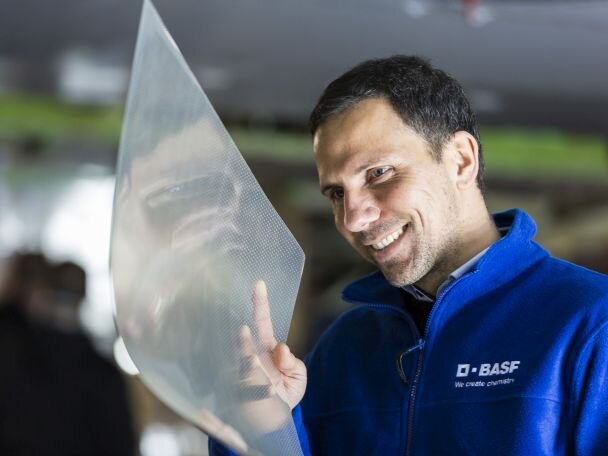New technologies are helping with reduced fuel consumption in the aviation industry. But exterior cleaning remains a neglected aspect in reducing the wind resistance to save fuel.
In a recent development, Lufthansa and BASF have developed an aerodynamically efficient film. Called AeroShark, it’s an adhesive film used to coat an aircraft’s surfaces.
AeroShark replicates the teeth-like, aerodynamic scales on a shark’s skin, called “denticles “. Coating of AeroShark can immediately reduce fuel consumption and consequently, carbon emissions. It could save thousands of tons of jet fuel and C02 emissions every year.
The idea behind!
Millions of years of evolution led sharks to develop the denticle design that reduces hydrodynamic drag and gave sharks an evolutionary advantage. AeroShark team figured that an adaption could work in the air too.
Engineers calculated that 950 square meters (10,225 sq. ft) of AeroShark film applied to a Boeing 777 could be enough to immediately reduce drag and fuel consumption by 1.1 %.
Though it may not sound impressive, applying AeroShark on all 12 of its 777s, International airline Swiss can save a staggering 4,800 metric tons of jet fuel every year, reducing carbon emissions by 15,200 tons in the process.
The AeroShark technology has already been tested with more than 1,500 flight hours
Lufthansa and BASF are working to further improve the sharkskin-inspired film to reduce fuel emissions by up to 3 percent.
The global airline industry used more than 95 billion gallons of fuel in 2019. A 3 percent would mean savings of 2.85 billion gallons of fuel…. that’s a huge reduction in carbon emissions!







